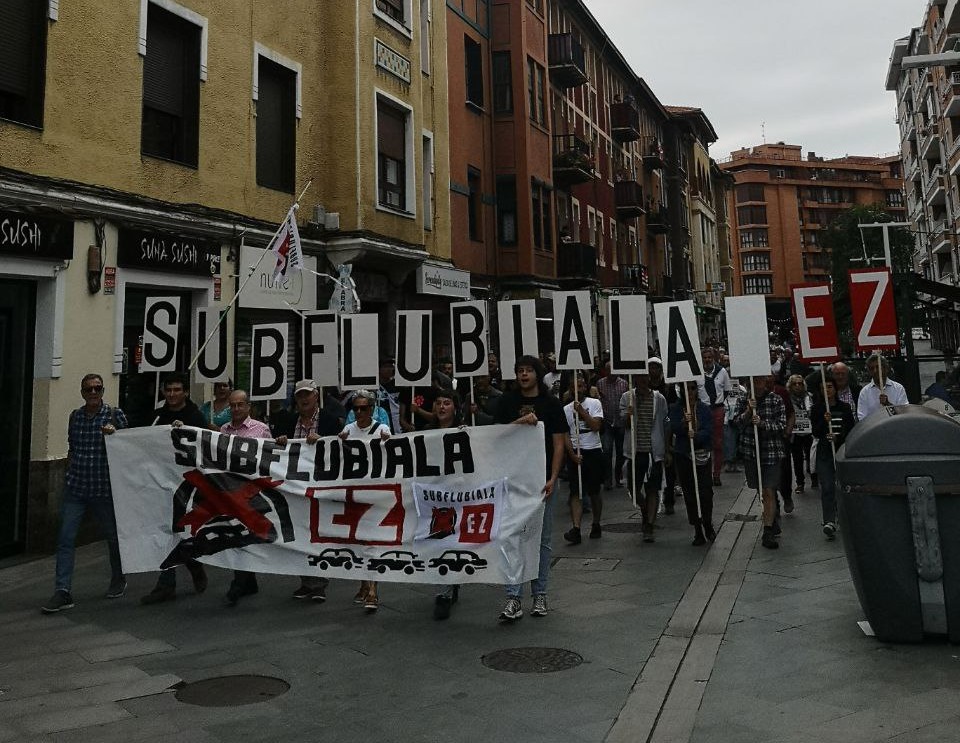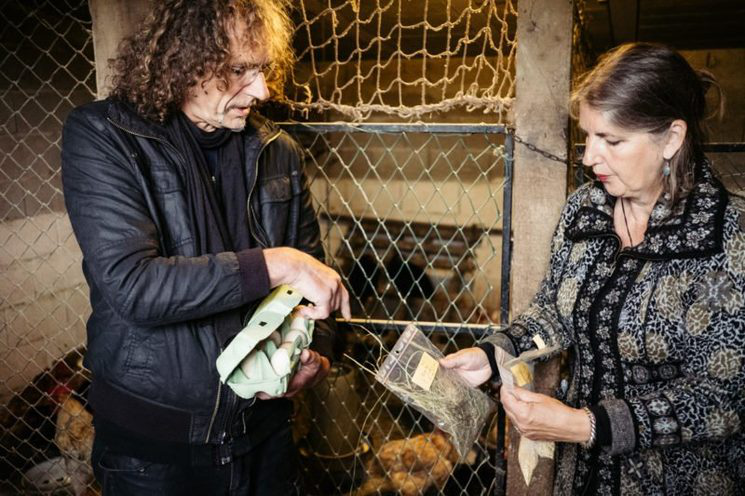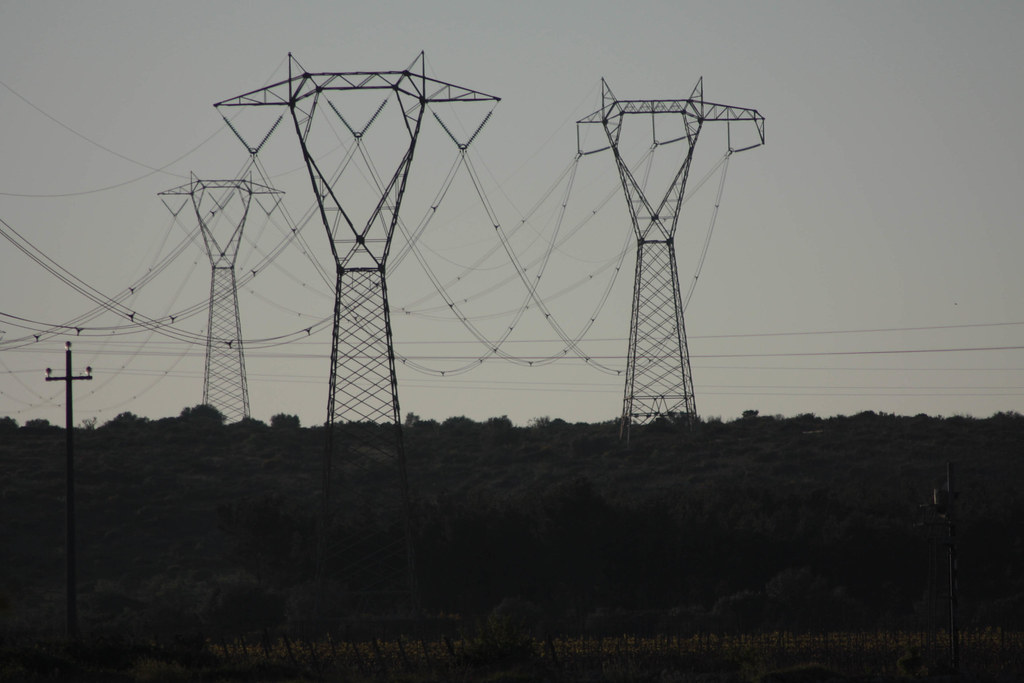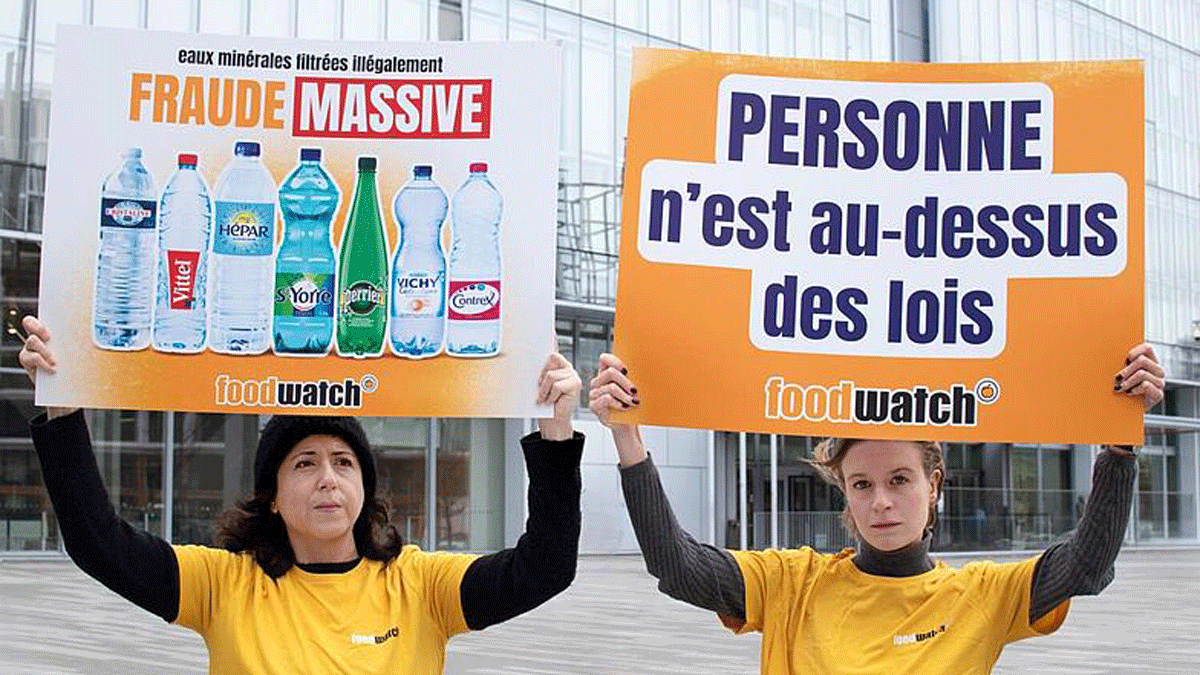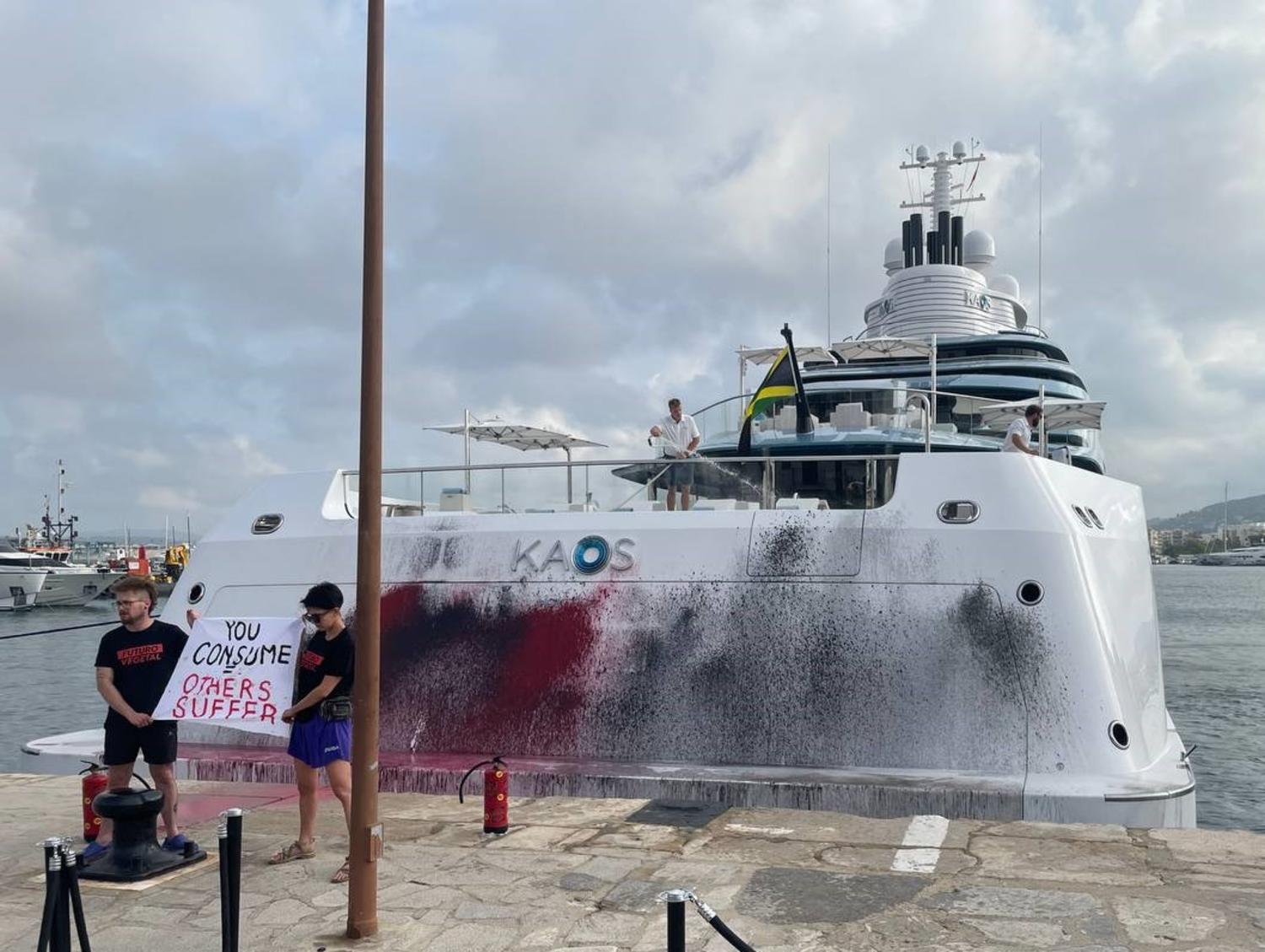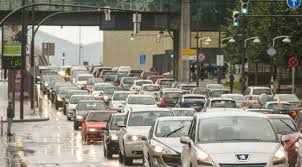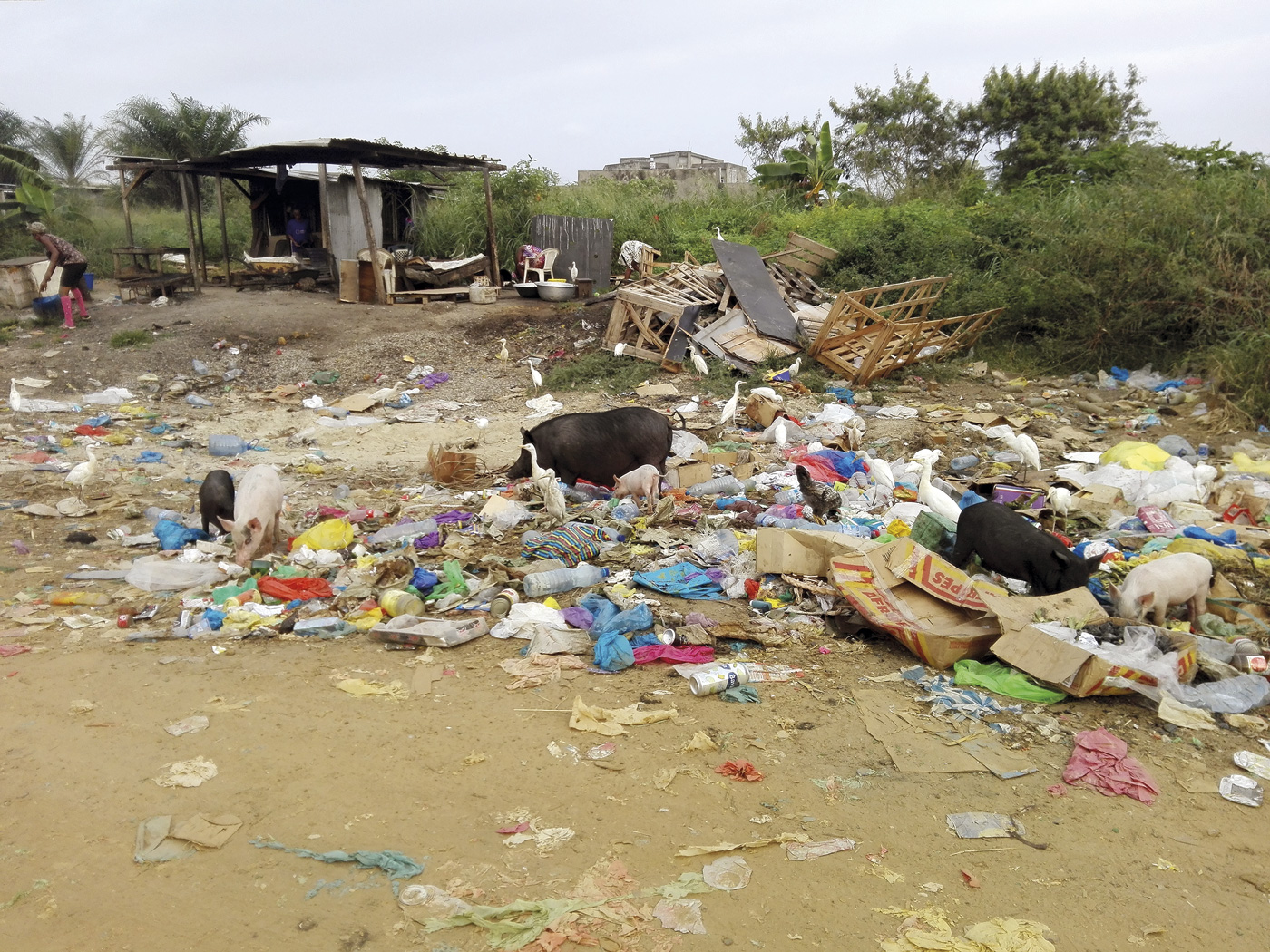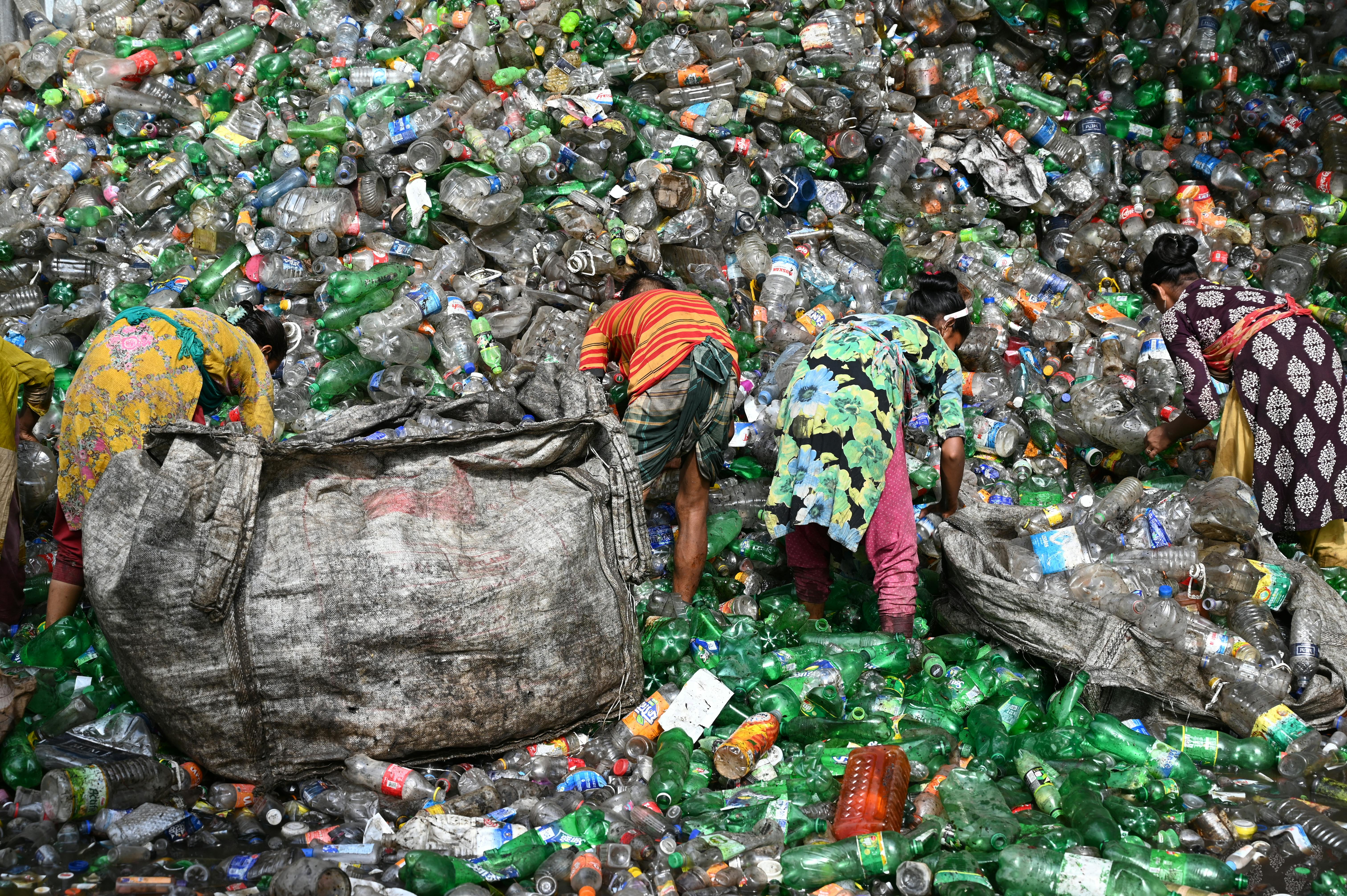Home medicine cabinet, source of contamination
- Research over the past decade has shown the harmful effects of leftovers of medicinal products found in rivers on animals and plants. Researchers are concerned about the long-term exposure of the mixture of pollutants and medicinal products mixed in water.

In developed countries, along with the ageing of society, the use of medicines has increased dramatically. Between 1990 and 2007, the sale of medicines in the European Union increased fourfold, from EUR 48,000 million to EUR 214,000 million. The ageing of society will maintain its upward trend. The massive consumption of medicines has also provoked controversy and has led to an investigation into the impact it may have on humans. However, the study of the polluting impact of medicines on the environment has hardly been carried out, but the people who have done so have shown that the problem exists: the consequences of pollution are already emerging.
No studies have been carried out to analyse the environmental impact of medicinal products, but the facts show that there is a problem.
The leftovers of medicines that appear in river waters have three origins. On the one hand, there are the medicines that have been inadequately rejected – which have been dumped in the trash or directly in the toilet – on the other hand the discharges from the large pharmaceutical industries and health centres, and, finally, those that have been expelled by humans. In fact, our body does not absorb all the components of the drugs, but through the excrements they pass into the sewers and from there to the rivers and streams. The Medicines in the Environment launched by Chemtrust in the UK in 2014: a growing threat to humans and animals according to the report, we excrete between 30% and 90% of the components of the medicines we take humans.
The author of the study, Gwynne Lyons, believes that one cannot be sure of the severity of the problem because there is a lack of data, but he is convinced that human beings before it is late will suffer: “The current situation is terrible; in fish we have found antidepressants, contraception pills, anti-cancer drugs, tranquilizers and antibiotics, and who knows what more infections.”
Limited data and concrete effects
Despite the long history of medicines, their polluting power is not entirely known. In recent years, researchers have found traces in rivers, mainly due to the fall of “traditional” pollutants and new detection techniques. In general, those affected are the neural and endocrine systems. Also cells and internal structures of immune response. In addition to animals, plants also suffer damage, being able to reduce their photosynthesis capacity and their survival.
Gwynne Lyons, researcher:
“We’ve found antidepressants, tranquilizers, anticancer drugs, antibiotics... in fish, and what else they’ve been infected with.”
Researchers cannot accurately demonstrate which drugs, in what quantities and how they can affect each living species. Maren Ortiz-Zarragoitia, researcher at the Plentzia Maritime Station at the UPV/EHU, explained that until the damage is evident it is impossible to predict the effects.
Today there is no “clean” place, according to Ortiz-Zarragoitia. Water bodies close to cities, hospitals and livestock activities are at risk of medication, but drug remnants have also been detected in drinking water, indicating that underground aquifers are also contaminated. Humans can also be at risk, either directly, from drinking tap water, or indirectly, through the vegetables and fruits we consume.
Once again, the lack of research leads to the lack of concrete results and today it is not entirely clear what impact this type of contamination has on humans. In any case, for Gwynne Lyons, the fact that he is not yet in a position to measure its consequences does not mean that we are not in danger.
The British researcher is particularly concerned that continued exposure to antibiotics may increase the resistance of bacteria and therefore limit the effectiveness of these medicines. Maren Ortiz-Zarragoitia explains that since we take drugs at doses much higher than those that appear in the environment, a direct effect on humans is not expected. However, it stressed that, although medicinal products appear in drinking water in very low quantities, the risk of permanent exposure from childhood to adulthood.
Long-term damage
“Medicines are designed to be biologically active, and although we know a lot about their effect on therapeutic doses, that is, on the amount to be ingested per person, we do not know much about the effect of continuing low-level long-term exposure, both in humans and in animals,” Lyons says. The researcher highlights, among other factors, the risk of the so-called "cocktail effect". In other words, the combined effect of the components of the medicinal products with other pollutants.
It is also believed by Ortiz-Zarragoitia. His working group of the UPV/EHU analyzed the impact of pollution on the estuaries of the Basque Country in living beings and observed the feminization of the specimens, among other places. Although it has not been possible to confirm that this is a direct effect of medicines, the researcher has highlighted that it is an accumulation and exposure of synthetic chemicals.
Need to change habits
Lyons and Ortiz-Zarragoitia are clear that awareness and change of customs are the answer. They say that this is a problem that needs to be addressed from three fronts: regulatory adequacy, development of special systems of purification and individual awareness. From a regulatory point of view, they have underlined the lack of specific legislation to reduce contamination by medicinal products. In the words of Ortiz-Zarragoitia, the main reason for this has been ignorance.

However, researchers have explained that pharmaceutical companies are currently required to submit an environmental impact study in order to put a new product on the market. “There is a long way to go, but the first steps have been taken,” explains the member of the UPV/EHU.
In the absence of legislation affecting the pharmaceutical industry, the most direct way to deal with the problem is to debug it. A number of systems are currently being developed for the disposal of components of medicinal products from inland waters. Equipment working on the improvement of treatment plants has developed and tested advanced oxidation methods, photodegradation and reverse osmosis, among others.
The results are good, but the economic cost is very high. He also recalled the work of individuals. In his words, a rational use of medicines and the collection of leftovers in the appropriate places is essential, rather than flushing them down the toilet or in the trash.
Energiaren Nazioarteko Agentziak (IEA) astelehenean argitaratutako txostenaren arabera, %2,2 igo da energia eskaria 2024an aurreko urtearekin alderatuta, besteak beste, egiturazko arrazoi hauengatik: beroari aurre egiteko argindar gehiago erabili beharra, industriaren kontsumoa... [+]
Kutsatzaile kimiko toxikoak hauteman dituzte Iratiko oihaneko liken eta goroldioetan. Ikerketan ondorioztatu dute kutsatzaile horietako batzuk inguruko hiriguneetatik iristen direla, beste batzuk nekazaritzan egiten diren erreketetatik, eta, azkenik, beste batzuk duela zenbait... [+]
Lurrak guri zuhaitzak eman, eta guk lurrari egurra. Egungo bizimoldea bideraezina dela ikusita, Suitzako Alderdi Berdearen gazte adarrak galdeketara deitu ditu herritarrak, “garapen” ekonomikoa planetaren mugen gainetik jarri ala ez erabakitzeko. Izan ere, mundu... [+]
Ur kontaminatua ur mineral eta ur natural gisa saltzen aritu dira urte luzeetan Nestlé eta Sources Alma multinazional frantsesak. Legez kanpoko filtrazioak, iturburuko ura txorrotakoarekin nahasi izana... kontsumitzaileen osagarria bigarren mailan jarri eta bere interes... [+]
Greenpeaceko kideak Dakota Acces oliobidearen aurka protesta egiteagatik auzipetu dituzte eta astelehenean aztertu du salaketa Dakotako auzitegiak. AEBko Greenpeacek gaiaren inguruan jasango duen bigarren epaiketa izango da, lehenengo kasua epaile federal batek bota zuen atzera... [+]











